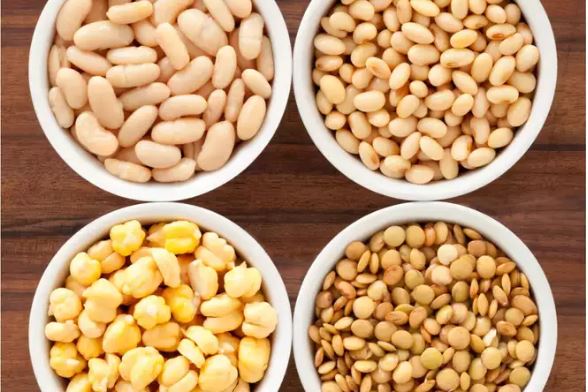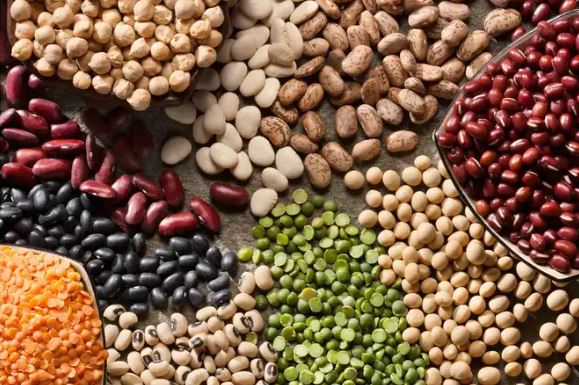Lifestyle
Why should you soak lentils before cooking

Have you ever wondered why legumes and lentils are soaked before cooking?
Well, most people soak lentils as a part of their culinary culture, but the lesser known reason behind this has been explained in the books of Ayurveda.
Here’s all you need to know about this eye-opening fact about soaking legumes and lentils.
What experts say?
Soaking lentils have been a part of cooking tradition and according to Ayurvedic expert, Dr Dixa Bhavsar, there are several benefits of soaking lentils and legumes before cooking. She recently shared an interesting post on her Instagram handle explaining why she soaks lentils before cooking and the reason why it is good for health: “Soaking them improves digestion and nutrient absorption. That’s the main reason why we eat them right? We want nutrition. So if you wanna absorb optimum nutrition- soaking is the best option. It also brings prana (life) into the legume. Moreover, it removes phytic acid and tannins from the legumes (which blocks absorption of nutrition from it and causes bloating). That’s the reason why most of the people feel bloated/have gastric trouble after eating heavy legumes like rajma.
How is soaking lentils good for health?
Soaking lentils and legumes is not just great for better nutrient absorption, but it also helps in stimulating Amylase, which is a molecule that helps in breaking the complex starch in lentils and legumes, making them easier to digest. She further adds that the process of washing and soaking eliminates gas-producing chemicals from the lentils and legumes. Moreover, most legumes are rich in complex Oligosaccharides, which is basically a type of complex sugar which leads to flatulence and gas. The process of soaking lentils and legumes decrease the complex sugar levels and helps in faster and better digestion and absorption of nutrients.
Why is it essential to soak lentils and legumes?
Lentils are often polished with artificial colours and additives that are harmful for health. In most cases lentils are polished with nylon, makhmal and leather polish to add a glossy shine. This is one reason why you must wash and soak the lentils properly to avoid any presence of colours and shine additives. In some cases the improper cleaning and unhygienic packaging of lentils may leave farming residues like herbicide Glyphosate, which has adverse effects on health. Glyphosate is basically a weed killer, which is mostly used in farming to get rid of weeds and rodents. Thus, properly washing, soaking and cooking of lentils is essential to ensure safe consumption.
How to soak and cook lentils and legumes perfectly
Another reason why you must soak legumes and lentils a few hours before cooking is to reduce the cooking time. Here are some expert tips to soak and cook lentils in the right way:
Whole dals like green gram, pigeon pea, red lentil and black gram split take 8 to 12 hours to soak. So, always wash and soak them before cooking.
Split dals take 6 to 8 hours to soak whereas heavy legumes, such as Rajma, Chana or Chole, should be cooked after soaking for 12 to 18 hours to get the right taste and texture. The best option is to soak the lentils and legumes overnight.
She further mentions that the right time to consume beans and legumes is around noon. So that the body gets ample time to absorb the nutrition and digest the beans.
Should you use lentil water?
The water used to soak lentils should not be used for cooking as it contains tannins or phytic acid, which may lead to bloating and discomfort. Thus, it is best to use that water for plants as it contains nutrients that may help in the growth.







